There are few remodeling projects that bring more satisfaction than a kitchen or bathroom restoration. It’s so important to think through all the details so there are no regrets after the project is completed. Here are some tips that may help you plan and prepare for a successful outcome!
1. PLAN AND BE PATIENT
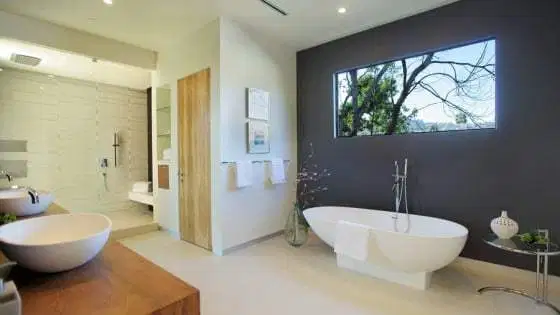
Huge items such as a wash stand and special-order tile can sometimes take a long time to get. Don’t be in a rush, be patient: Before you take a hammer to your bathroom, be certain everything you’re going to need— including the vanity, plumbing fixtures, any new lighting, the tub, and tile—is on hand. You might get unhappy waiting around for parts to arrive, but it’s better than tearing up your fixtures and having an unusable bathroom until the components arrive. Plus, when your new products are on hand, you’ll know if you need to do extra work, such as moving the plumbing lines for the sink location or running new cable for your lights, before you rip up and patch the walls.
2. PLAN THE STORAGE RIGHT
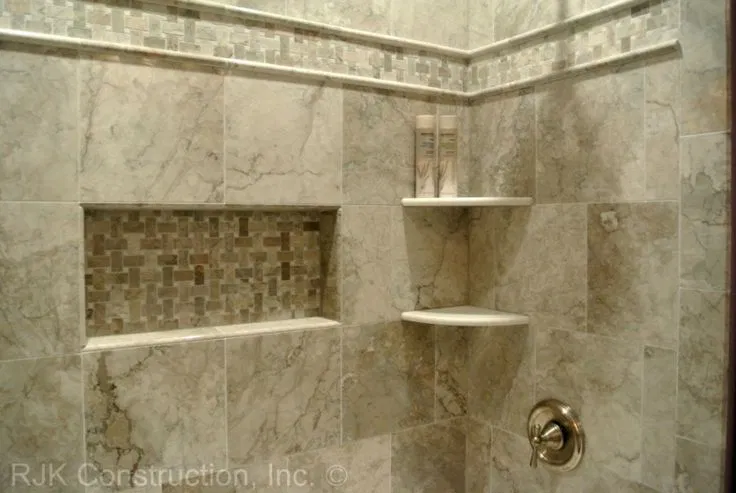
You’ll need in-shower storage for your shampoo, soap, razor, and body wash. Don’t be satisfied with cheap plastic units that hang from the shower head or attach to rods that run from your tub to the ceiling; they look bad and can ruin your attractive new design. A much better option is ceramic tile shelving that’s installed in the corner of the shower. The shelves start at about $10 at home centers and tile stores. An even better solution is to build in-the-wall shelving. Once you tear out the old shower, add framing between the studs in the walls for the shelves. The finished shelving, especially if tiled, looks attractive and doesn’t protrude into the shower, so you don’t have to worry about knocking off the shampoo bottles with your elbows when you’re singing karaoke into the shower head.
3. NEW FLOORS TO BREATHE NEW LIFE
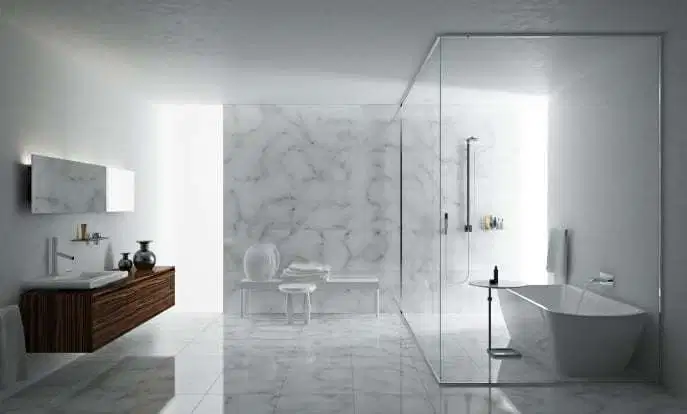
Getting rid of old flooring tile or vinyl can be time-consuming, tough, and still leave behind stubborn pieces that refuse to come off. A much faster, simpler way is to rip up the underlayment along with the floor covering. Cutting the underlayment into tiny sections makes removal a lot easier. Set the circular saw blade just deep enough to cut through the thin plywood underlayment without cutting into the underlying subfloor. You’ll have to install a new underlayment, but 1/4-inch plywood or cement board is cheap and lets you start with a cleaner surface. Starting from scratch also lets you get rid of underlayment that may be water damaged, which is common around the toilet.
4. ADD STYLE WITH GLASS TILE
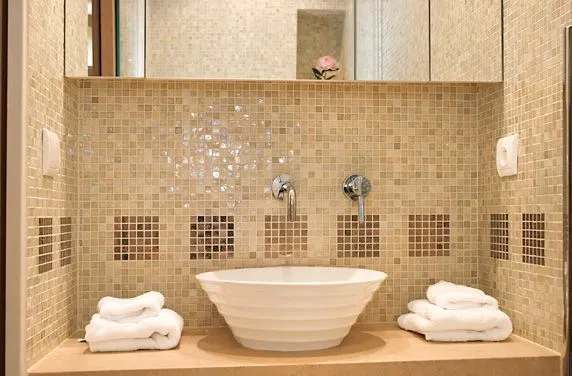
Mosaic or glass tile is quite stiff (mine cost $5 per 12-inch-square sheet). But you don’t need a lot of it to add some pizzazz to the bathroom. Using the special tiles as a border or sporadically in the tile pattern gives the design a punch of color and character.
Home Depot has a wide variety of mosaic and glass tile options!
5. BUY STOCK ITEMS VS CUSTOM ORDERS
Home centers have a limited selection of vanities and tops in the store, and special orders can take four to six weeks for delivery, so take a look at other sources. Local independent suppliers who specialize in natural stone have a wide selection of tops in a range of colors and sizes. They can also custom-cut tops to fit unusual spaces and shapes. You may be surprised at how affordable the tops can be.
6. PREPARE A COST ANALYSIS
Before you begin any project, it’s essential to put your expectations into perspective on how much money you’re investing. The size of your bathroom, the quality of materials you want to include and whether you want to do some of the labor yourself all can influence the cost of a remodel.
7. CREATE IMPACT WITH A FEW HIGH-END FINISHES
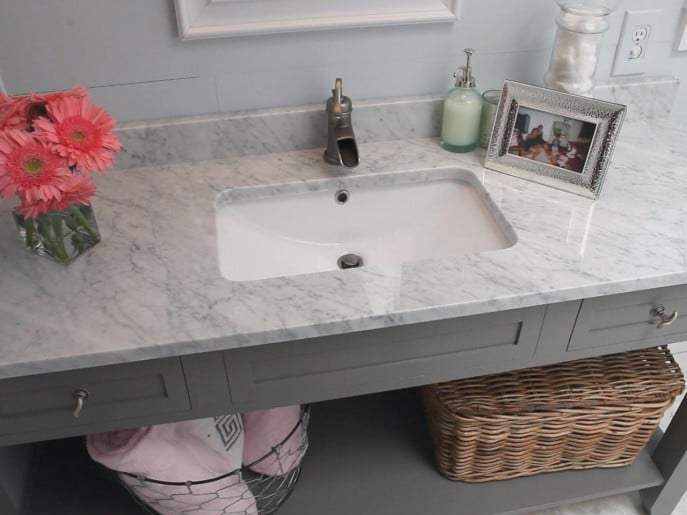
A little designer secret is that because bathrooms are usually smaller spaces, splurging on a few higher-end materials and finishes can be a good investment that can make your space seem amazingly luxurious. So before you issue a mandate that your bathroom will feature only the most basic, affordable materials, look at materials for wall and floor coverings, countertops and more on the higher end of the spectrum. You might find that adding one or more of these materials to a small portion of your bathroom is within your budget.
8. PLAN A LIGHTING SCHEME
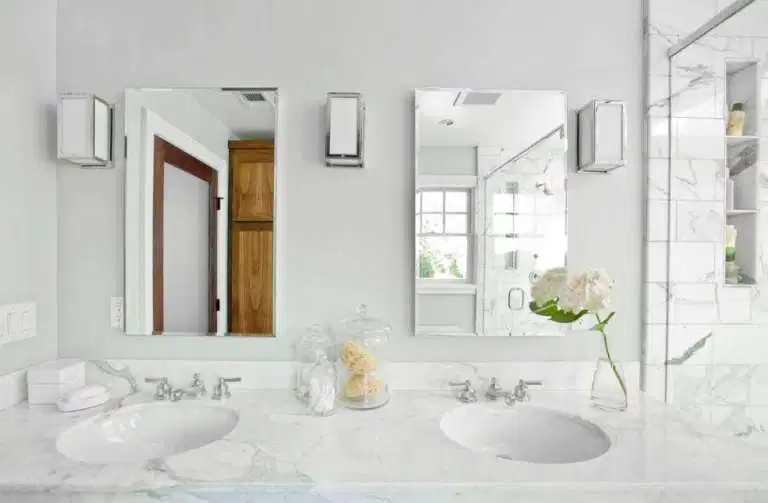
A cool approach to a well-lit space is to include layers of task, accent, ambient and decorative lighting.Or a tiny tub. If you’ve got a small bathroom, you may think that a bathtub is not an option. But a lot of companies are shrinking their models down to accommodate chic little spaces.
9. PLAN THE RIGHT HEIGHT FOR YOUR SINK
Usually countertops are 32 to 34 inches off the floor. But you have to consider how your sink will add to or take away from the countertop’s height. If you have an above-counter vessel sink, for example, you’ll want to make your counter height lower so you can wash your hands or brush your teeth comfortably.
10. ADD A CURVED SHOWER ROD
A seemingly small detail, curved shower rods add an amazing amount of space to your shower. You’ll pay a little more, say $30 as opposed to the $7 starting price for common straight rods. Except for the extra space, though, the curved models look nicer and attach to the wall with screws instead of tension, so you don’t have to worry about them being pulled down.
11. PICK THE RIGHT VANITY
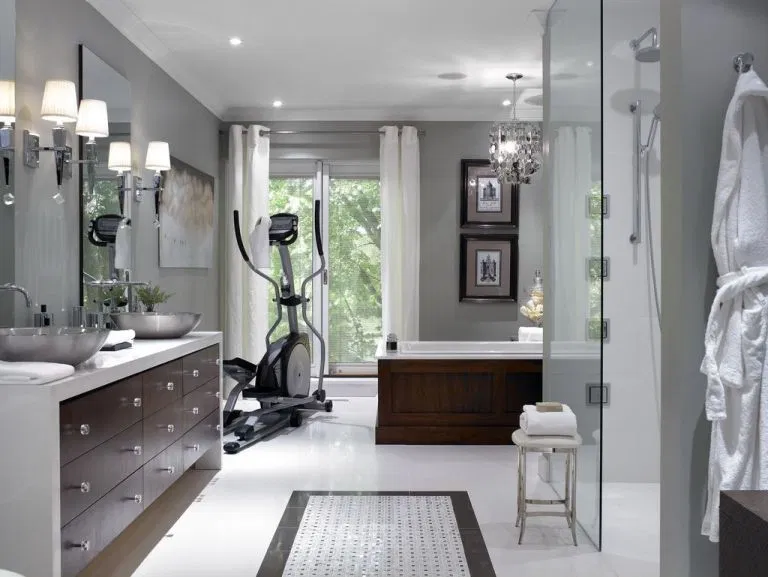
Vanities aren’t just for looks. Get one too big and you could mess up your bathroom’s traffic routes. Too small and you’ll be scrambling for more countertop space and storage. Pick the wrong material and you could have maintenance issues on your hands.1Make sure leaving those vintage finishes. The point of your bathroom remodel might be a fresh, new look, but some things are easier to replace than others. For example, in older houses, wall tiles may have many coats of concrete and maybe wire lath. The problem in removing these can cause labor costs to skyrocket. Instead, you might want to keep the vintage tiles and spend your time and money elsewhere. And vintage finishes such as tile can be a cool feature as well.
12. DON’T MAKE THE TOILET THE FOCAL POINT
Don’t make the toilet the first thing you see when you open the door. Ask a bathroom designer what his or her best tried and true tip is, and this is what you’re likely to hear. The reasoning is simple. Oftentimes bathroom doors get left open, meaning that you or any guest in your home walking by will see the toilet — which, come on, isn’t the most aesthetically pleasing thing to look at. If you’re hoping for a spa-like vibe, putting the john front and center in the design can sort of kill the mood as you’re transitioning into the room. So, what should you make the focal point? Anything but the toilet.
